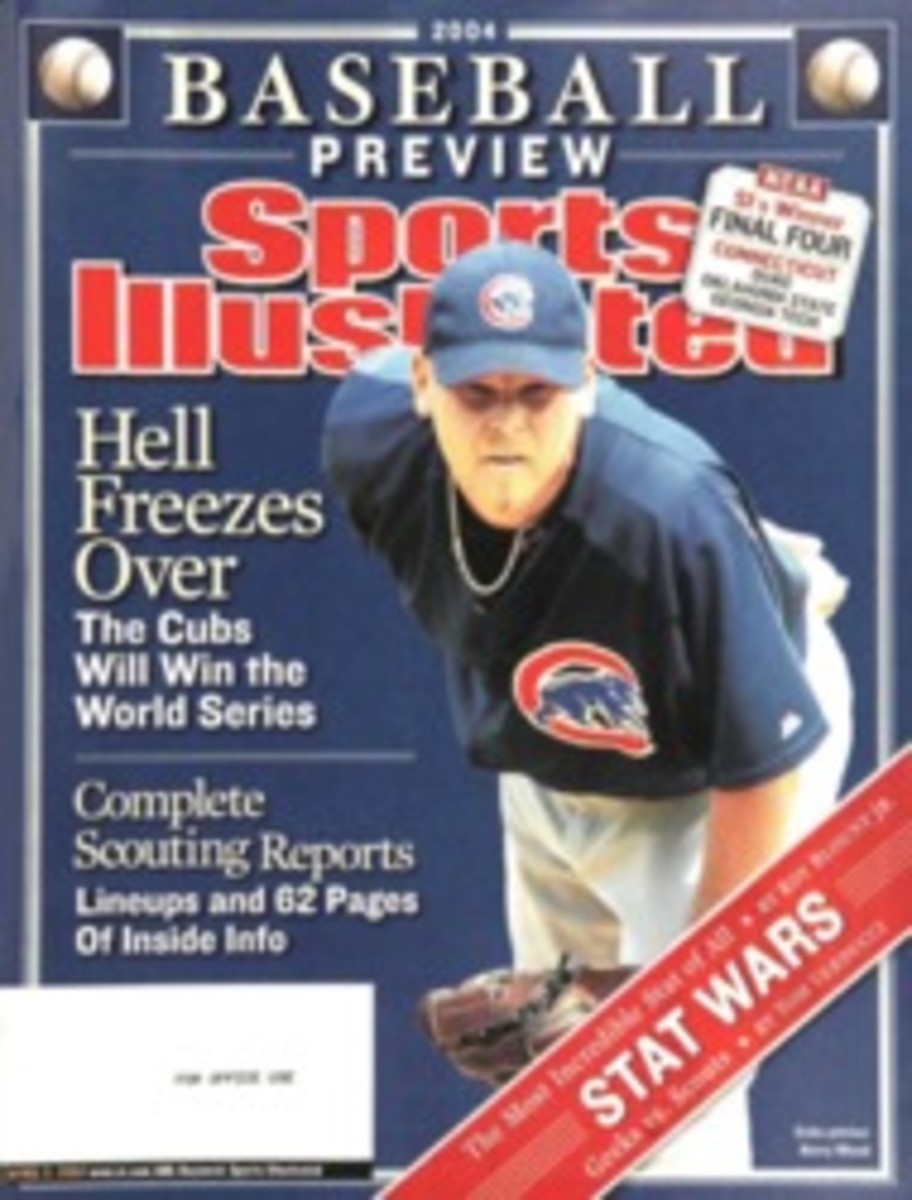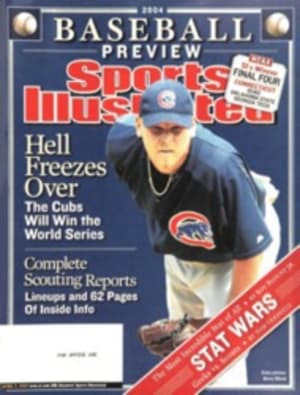
What's His VORP?
The Bolsheviks of baseball's information revolution are the three
dozen staffers of Baseball Prospectus, a think tank-website that
subjects the game's conventional wisdom to the cold light of
sophisticated statistical scrutiny. Among the most valuable
statistical insights put forth by Baseball Prospectus is the
concept of replacement level. It's an economics principle that,
as applied to baseball, quantifies the expected level of
production a team will receive from a readily available,
inexpensive player--picked up through free agency or waivers,
promoted from Triple A or obtained at minimal cost from another
club--when a starter is lost.
Baseball's talent distribution resembles a bell curve, with a
handful of stars, a larger number of average players and an
abundance of scrubs who are interchangeable and available to any
team. "If any team can readily acquire a type of player at
minimal cost, that player provides no competitive advantage,"
says Keith Woolner, a writer for BP. "The important question is,
how much better is he than the freely available talent?"
To answer that question, Woolner, a software product manager in
Cary, N.C., who holds a bachelor's in mathematics from MIT and a
master's in decision analysis from Stanford, developed a metric
called VORP (Value Over Replacement Player). Woolner outlines
VORP as follows:
Define a baseline team with nine theoretical players at the
league average for batting average (in the NL in 2003, .262), OBP
(.327) and slugging (.417) and, using a model called Marginal
Lineup Value, estimate how many runs one player, say leftfielder
Barry Bonds (.341, .529, .749), would add to the baseline team's
production when surrounded by the other eight players in the
average league lineup.
Bonds raised an otherwise average team's expected production from
4.64 to 5.47 runs per game, a Marginal Lineup Value rate (MLVr)
of .832; over a 162-game season Bonds would add 134.8 runs to an
average team. Using MLVr as a basis, VORP then compares Bonds not
with an average player, but with a scrub, accounting for playing
time and position and considering, in addition to BA, OBP and
SLG, stolen bases and caught-stealings and in essence answering
this question: How many runs better were the Giants in 2003
because Bonds, and not a waiver pickup or minor league call-up,
was in leftfield? VORP says 114.6 runs better. --D.G.H.
2003 VORP LEADERS BA OBP SLG VORP
Barry Bonds, Giants .341 .529 .749 114.6
Albert Pujols, Cardinals .359 .439 .668 97.3
Alex Rodriguez, Rangers .298 .396 .600 86.3
Gary Sheffield, Braves .330 .419 .604 78.9
Javy Lopez, Braves .328 .378 .687 75.9

